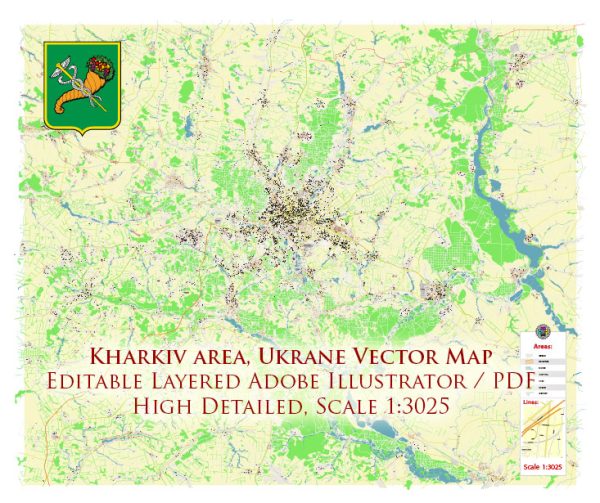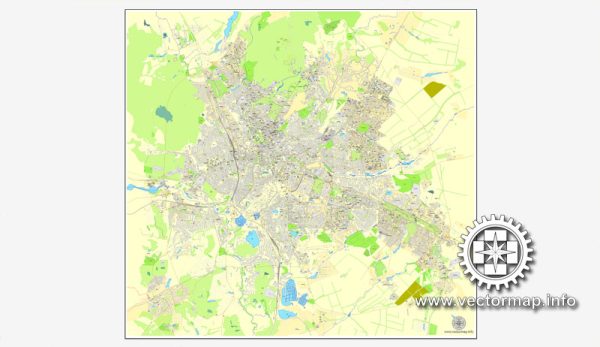Kharkiv, also spelled Kharkov, is one of Ukraine’s major cities and an important cultural, industrial, and educational center. It has a rich history that spans centuries, and it has played a significant role in the development of Ukraine and the broader Eastern European region. Here’s an overview of the history and description of Kharkiv:
- Early History: The area around Kharkiv has been inhabited since ancient times, with archaeological evidence indicating human settlements dating back to the Paleolithic era. The city itself was founded in 1654 as a defensive fortification against Tatar raids. It was strategically located at the crossroads of several important trade routes.
- Imperial Russia: Kharkiv became part of the Russian Empire in the 18th century. Under Russian rule, it grew into a major cultural and administrative center. The city was named the capital of the Ukrainian Soviet Socialist Republic (Soviet Ukraine) in 1919 and played a pivotal role in the early years of the Soviet Union.
- Soviet Era: During the Soviet period, Kharkiv continued to develop as an industrial and educational hub. It was home to numerous factories and research institutions. The city’s universities and cultural institutions also flourished during this time.
- World War II: Kharkiv suffered significant damage during World War II when it was occupied by Nazi Germany. The city was liberated by Soviet forces in 1943.
- Post-Soviet Era: After the dissolution of the Soviet Union in 1991, Kharkiv became part of an independent Ukraine. It continued to be an important center for industry, education, and culture.
- Modern Kharkiv: Today, Kharkiv is Ukraine’s second-largest city, after Kyiv, and serves as a major transportation and industrial hub. The city is known for its aerospace, defense, and machinery industries. It is also a center of higher education, with several prominent universities, including Kharkiv National University and Kharkiv Polytechnic Institute.
- Culture and Landmarks: Kharkiv boasts a variety of cultural landmarks and attractions. Some of the notable sites include the Freedom Square, the Mirror Stream Fountain, the Shevchenko Garden, and the Gorky Park. The city is home to various theaters, museums, and galleries, making it a cultural center in Ukraine.
- Diversity: Kharkiv has a diverse population, and it is known for its vibrant mix of cultures, languages, and traditions. Ukrainian, Russian, and other languages are spoken in the city.
- Challenges: Like many cities in Ukraine, Kharkiv has faced its share of challenges, including political and economic upheaval. The conflict in Eastern Ukraine, which began in 2014, had an impact on the region, with sporadic fighting taking place in nearby areas.
Overall, Kharkiv is a city with a rich history and a vibrant present. It has contributed significantly to Ukraine’s cultural and industrial landscape and continues to play a crucial role in the country’s development.




 Author: Kirill Shrayber, Ph.D.
Author: Kirill Shrayber, Ph.D.